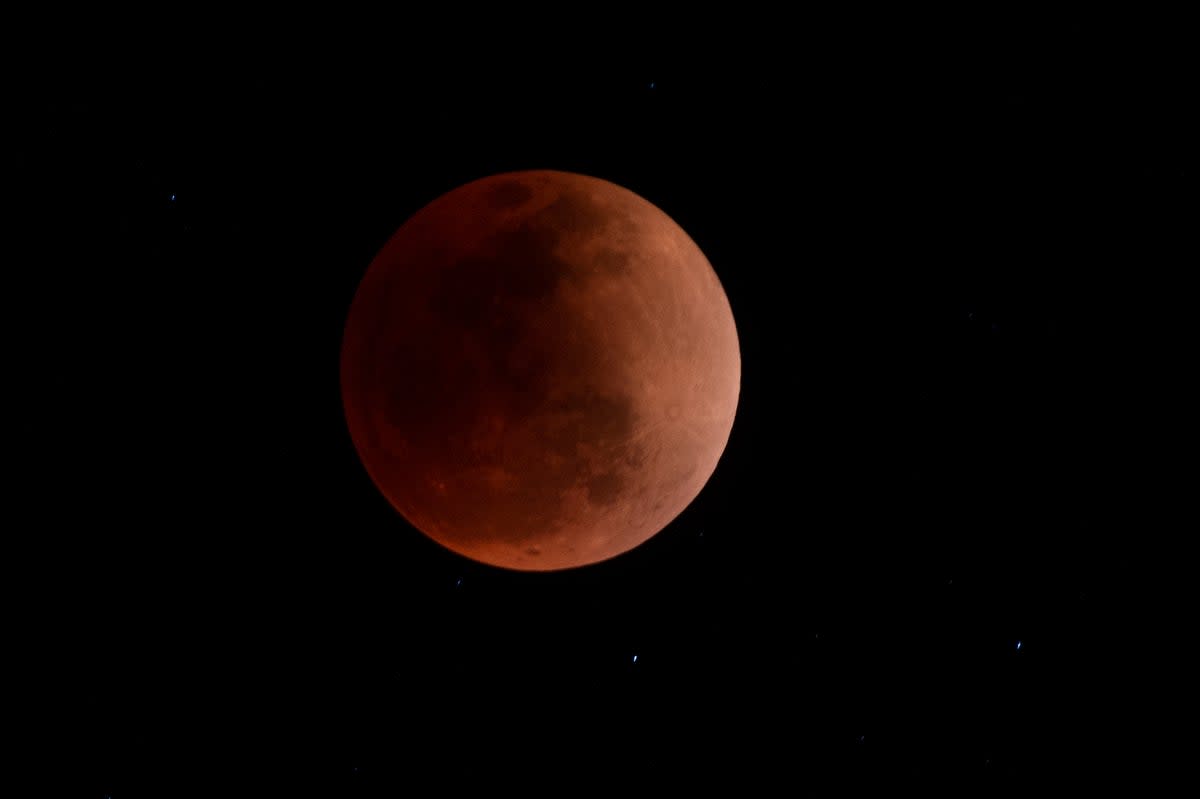‘Blood Moon’ coming with the first full Moon of Autumn

A full Moon will grace the skies on Sunday 9 October. The first full Moon of autumn, it is sometimes known as the Hunter’s Moon or Blood Moon.
The full Moon will appear opposite the Sun in the sky around 4.55pm EDT on Sunday, Though this will be Monday morning for people in the Gulf Standard or Iran time zones all the way to the International Date Line.
While it will not be a “super moon,” a non-scientific term referring to full Moons that occur while the Moon is at its closest approach to Earth, this full Moon does come with an interesting heritage of names in different cultural traditions.
The Algonquin Native American tribes of the northeast US called this full Moon the Travel Moon, Hunter’s Moon, or Blood Moon, according to a Nasa blog. It also marks the end of a period of fasting for Buddhist monks known as Vassa, a boat racing festival in Laos, and the seven-day-long Sukkot festival of the Hebrew calendar.
The 9 October full Moon will be the first since the autumnal equinox on 20 September, casting additional evening light on a landscape of now shortening daylight as the Sun heads towards its minimum in the 21 December winter solstice in the northern hemisphere.
The preceding full Moon, which rose on 10 September, was the Harvest Moon. The next full Moon after Sunday will be on 8 November, and is sometimes called the Beaver Moon.
Whether called a Hunter’s Moon, Blood Moon, or simply a full Moon, the moonlight of 9 October will likely wash out most views of another celestial event, the Draconid meteor shower. A generally faint display of shooting stars to begin with, the Draconids will peak on 9 to 10 October, and will likely be lost in the lunar glow.

 Yahoo Movies
Yahoo Movies 
